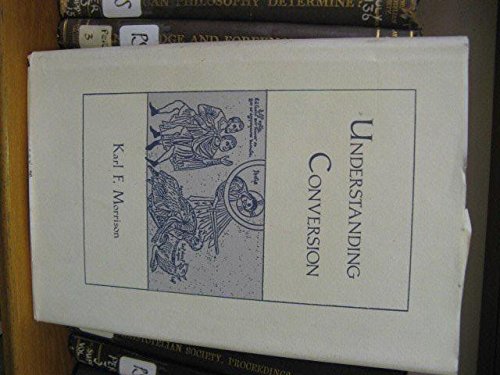Page-Barbour and Richard Lecture
1 total work
Examines the ways in which people made sense of religious conversion during the 12th century, a critical point in the formation of Western moral values. The book also indicates that the understanding of conversions, rooted in medieval love of indirect and intricate allegorical symbolism, entered the permanent legacy of Western literature and art. The idea of conversion became a mythic strategy of survival in conflict against the world, the flesh and the devil. This book holds that the idea of conversion was a study in aesthetics, specifically in a male aesthetic, combining the brotherhood that violence engendered among warriors with the inexplicable genius of the poet. It explores the ascetic discipline, social myth, and representational art as components in a vast, militantly aggressive education system that served as context defining in the conversion process.
The author of this book begins by explaining the basic critical proposition: that the experience of conversion is quite different from what is called conversion in texts; that no one can grasp the actual experience through texts about it; that Western religious literature displays not one kind of conversion, but an ill-matched repertory of such paradigms, each with a distinctive history; and that the moral imperative to change self and society is embroiled by the idea of conversion, has contributed an enduring, dominant and relentless ideal to Western culture.
The author of this book begins by explaining the basic critical proposition: that the experience of conversion is quite different from what is called conversion in texts; that no one can grasp the actual experience through texts about it; that Western religious literature displays not one kind of conversion, but an ill-matched repertory of such paradigms, each with a distinctive history; and that the moral imperative to change self and society is embroiled by the idea of conversion, has contributed an enduring, dominant and relentless ideal to Western culture.
